In the vast tapestry of our remarkable planet, nature never ceases to amaze us with its extraordinary creations. From towering trees to delicate blossoms, Earth is teeming with an astonishing array of plant life. However, amidst this breathtaking biodiversity, there exist a handful of botanical wonders that seem to defy the very laws of nature.
These are the plants that captivate the imagination, evoking a sense of wonder and disbelief in their sheer otherworldly appearance. Today, we embark on a captivating journey to explore five of these surreal and seemingly unreal plants that grace our terrestrial home.
Join us as we unravel the secrets of these botanical marvels, which seem as if they were plucked from the realm of fantasy and brought to life on Earth. Prepare to be astonished as we traverse diverse landscapes and encounter plants that challenge our perceptions of what is possible in the realm of nature.
From alien-like succulents to carnivorous flora that evoke both awe and trepidation, these exceptional specimens remind us of the extraordinary diversity and creative power of our planet’s ecosystems.
#1. Hydnora Africana
Hydnora africana is a truly remarkable and unusual plant native to the arid regions of southern Africa. Often referred to as the “Jackal Food,” it belongs to the family Hydnoraceae and is renowned for its bizarre and somewhat alien-like appearance. This parasitic plant spends most of its life underground, with only its fleshy, reddish-brown flower emerging above the surface.
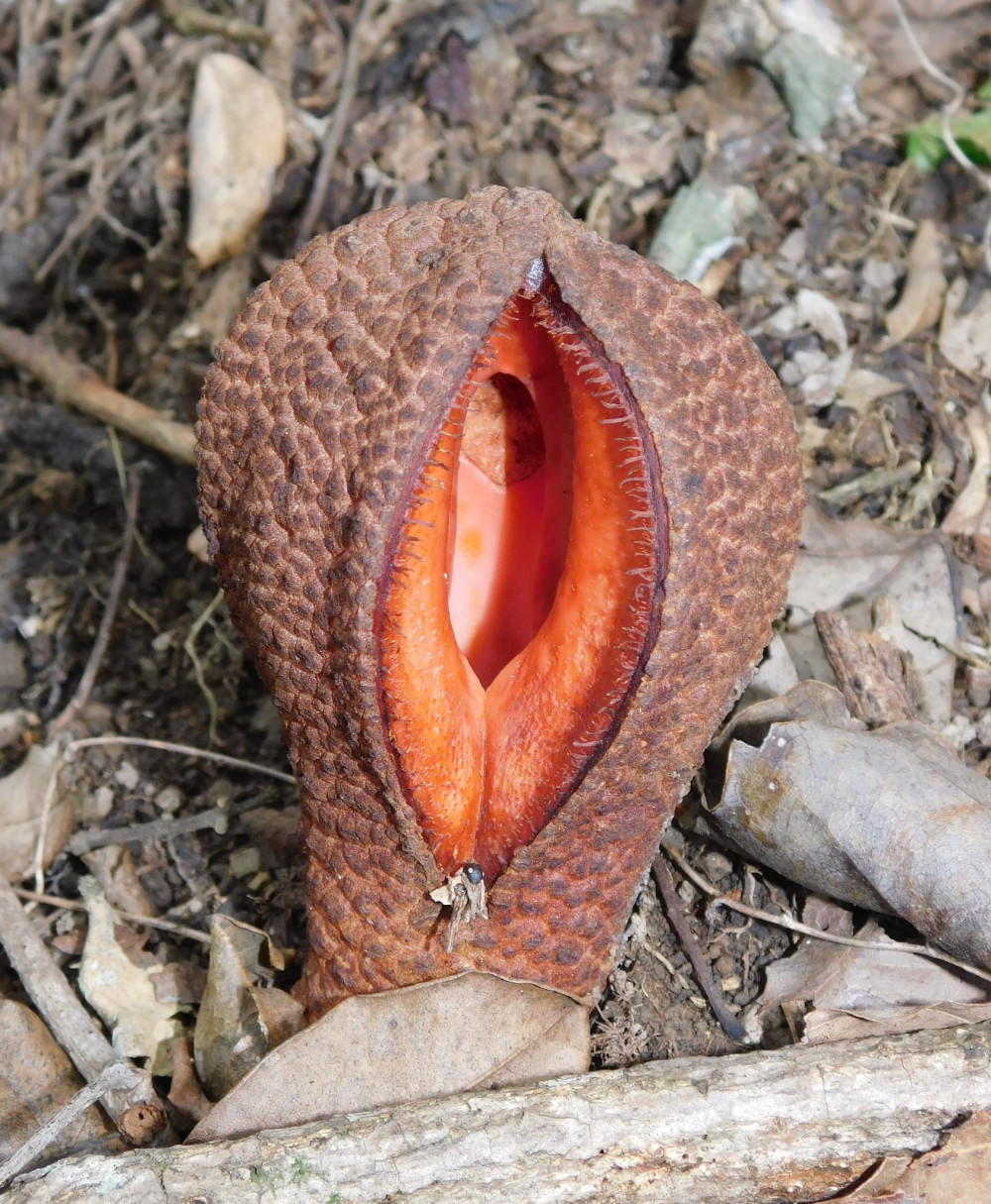 Source: iNaturalist
Source: iNaturalist
The Hydnora africana flower is a truly peculiar sight. It has a bulbous, spherical shape with a gaping mouth-like opening. The flower emits a pungent odor, reminiscent of rotting meat, which attracts its primary pollinators – carrion beetles and flies. These insects are lured into the flower’s interior, where they become temporarily trapped, allowing for efficient pollination.
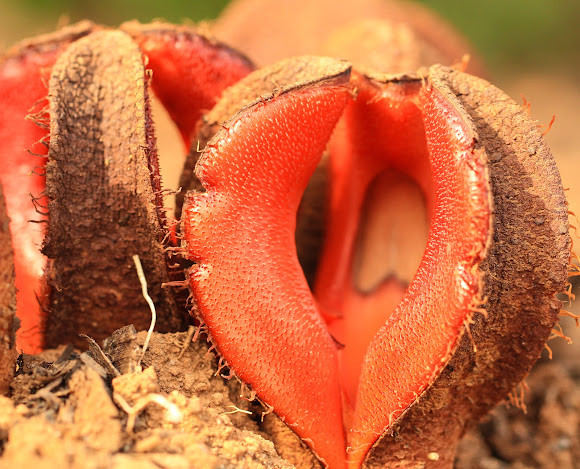 Source: Project Noah
Source: Project Noah
The plant’s underground structure is equally fascinating. It attaches itself to the roots of nearby host plants, primarily species of Euphorbia and members of the Protea family. Using specialized structures called haustoria, the Hydnora africana extracts nutrients and water from its host, effectively living off its resources.
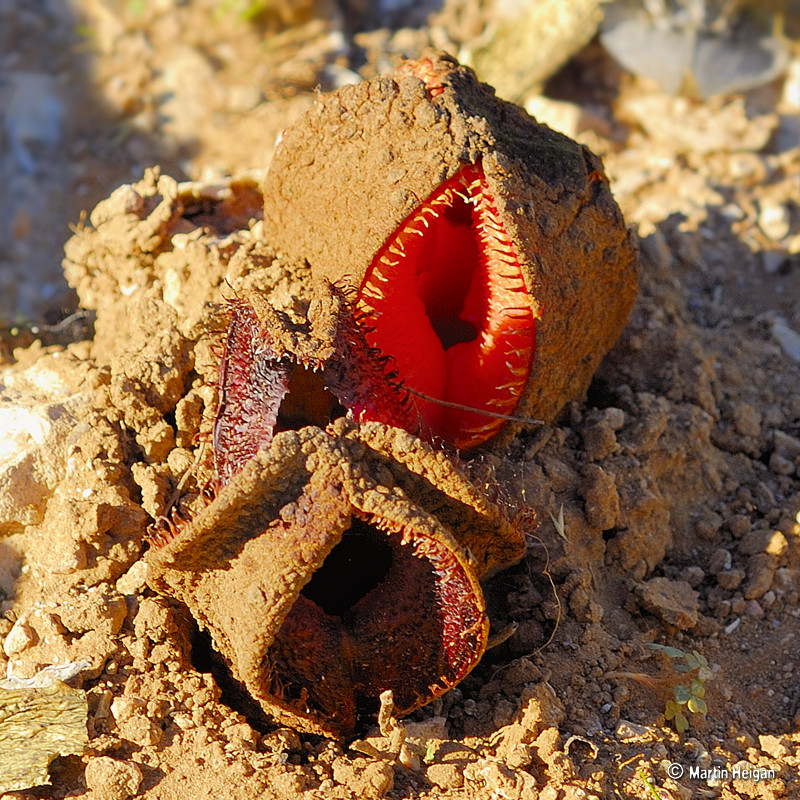 Source: Flickr
Source: Flickr
#2. Narrow- Leaved Cotton Bush (Gomphocarpus Fruticosus)
Gomphocarpus Fruticosus, commonly known as the Swan Plant or Balloon Plant, is a unique and visually captivating plant species. Native to southern Africa, it has gained popularity in gardens and greenhouses worldwide due to its distinctive appearance and ecological significance.
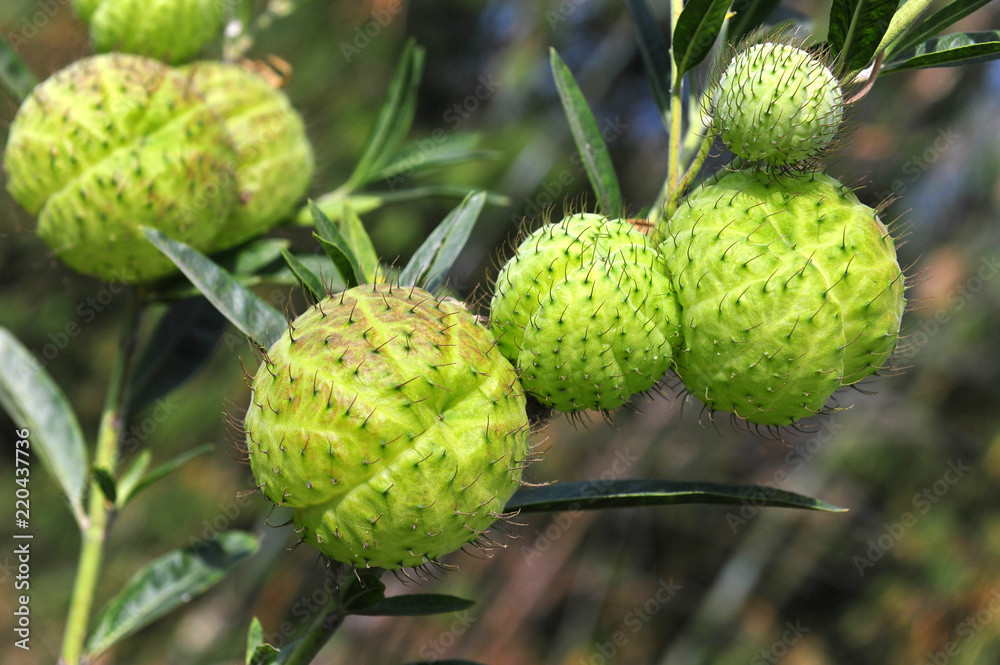 Source: Stock Adobe
Source: Stock Adobe
The Swan Plant is a perennial shrub that can reach a height of up to 2 meters (6 feet). It boasts lance-shaped leaves that are a vibrant shade of green and covered with fine hairs. What truly sets this plant apart is its intriguing fruits, which resemble small balloons. These inflated seed pods start off green and gradually turn pale yellow as they mature. Inside each pod, numerous seeds with silky white hairs are encapsulated, giving them a fluffy appearance.
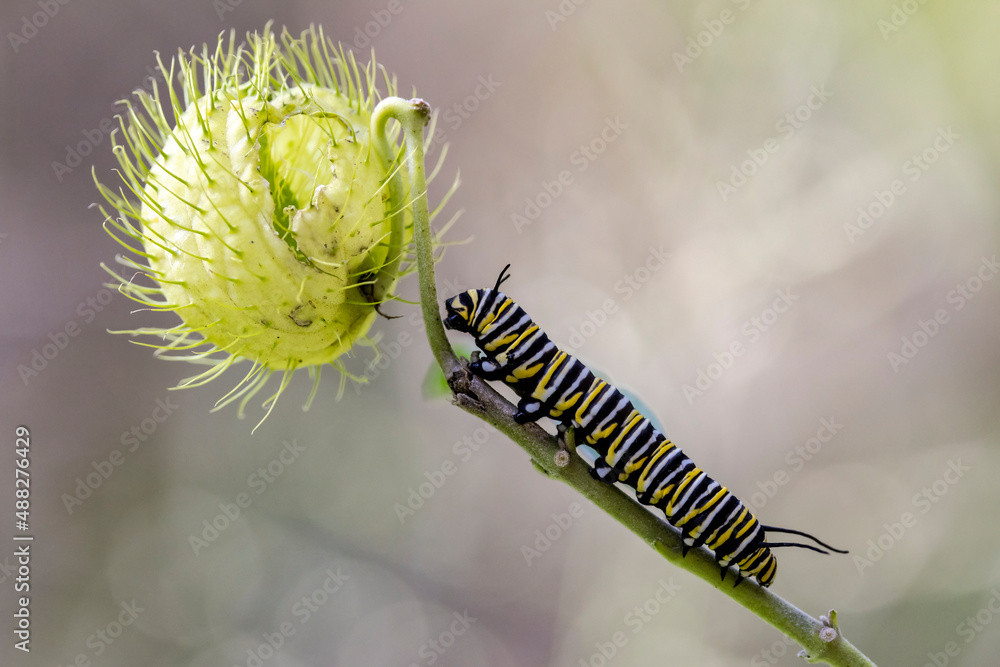 Source: Stock Adobe
Source: Stock Adobe
One of the most remarkable aspects of Gomphocarpus Fruticosus is its role as a host plant for Monarch butterflies (Danaus plexippus). Monarchs lay their eggs exclusively on this plant, as their caterpillars depend on the leaves as their primary food source. The caterpillars are known for their striking black, white, and yellow striped pattern and their incredible ability to store toxic compounds from the plant, making them unpalatable to predators.
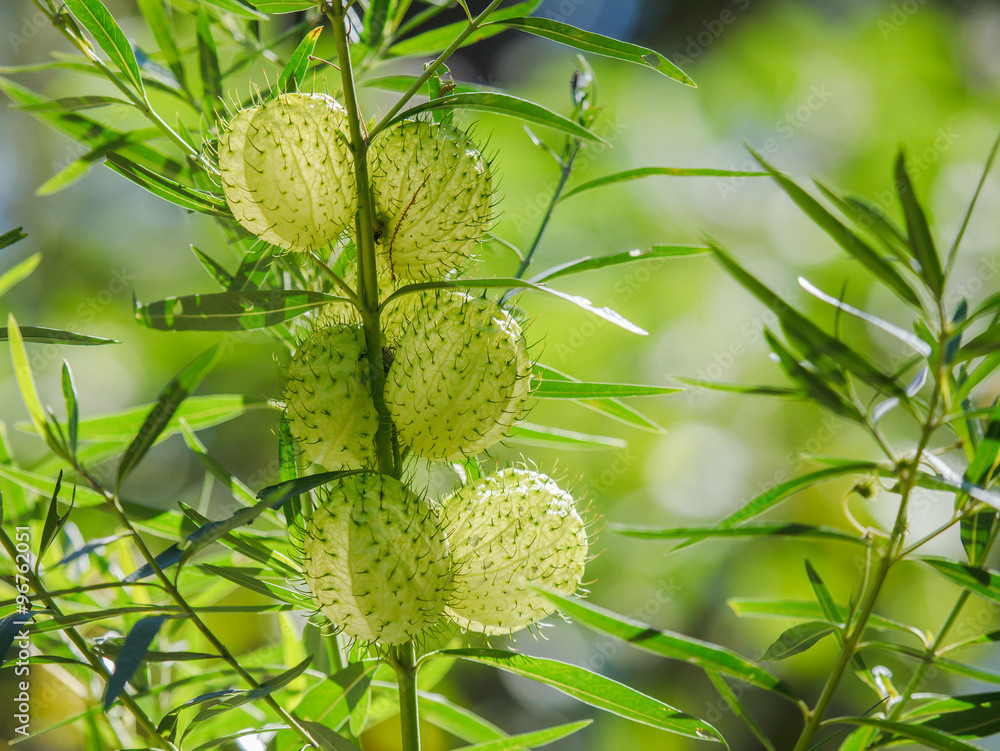 Source: Stock Adobe
Source: Stock Adobe
#3. Romanesco Broccoli (Cauliflower)
Romanesco broccoli, also known as Roman cauliflower or Romanesque cauliflower, is a captivating vegetable that can easily be mistaken for an otherworldly creation. It belongs to the Brassica oleracea species, which includes other well-known varieties such as broccoli, cauliflower, and kale. What sets Romanesco broccoli apart is its mesmerizing appearance, characterized by a mesmerizing fractal-like pattern.
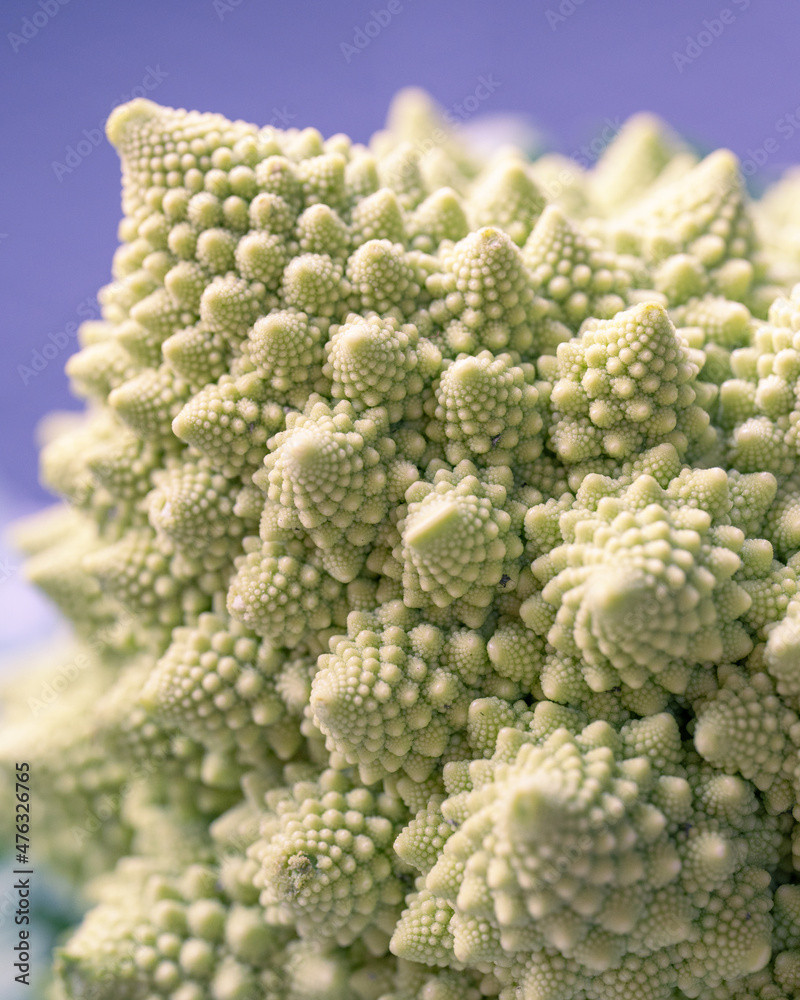 Source: Stock Adobe
Source: Stock Adobe
The unique structure of Romanesco broccoli consists of a series of cone-shaped florets that form spiraling patterns, creating a stunning visual display reminiscent of a mathematical fractal. The florets are lime green in color and have a delicate, nutty flavor, similar to traditional broccoli or cauliflower.
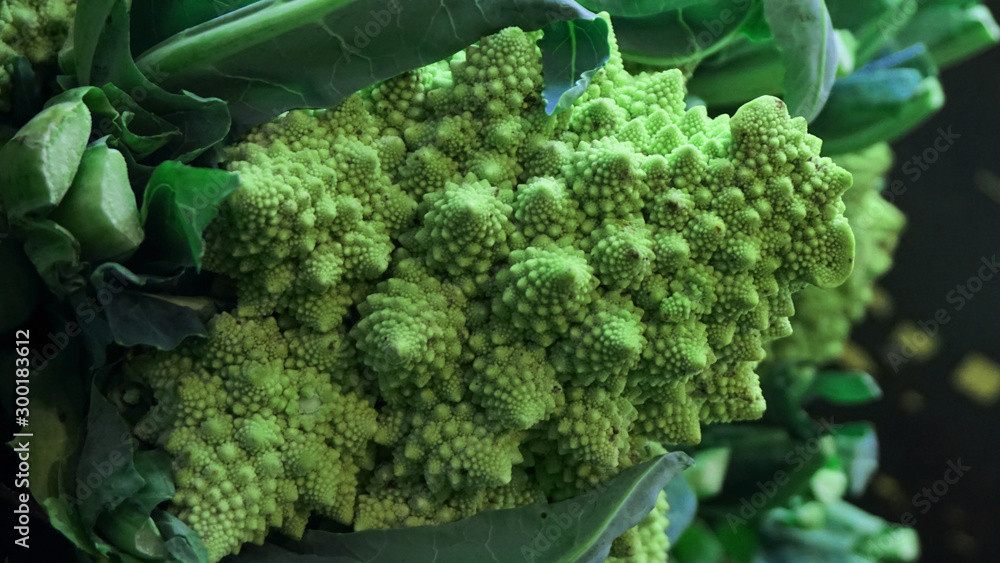 Source: Stock Adobe
Source: Stock Adobe
Originating in Italy, Romanesco broccoli has gained popularity worldwide for its striking appearance and versatility in cooking. It is packed with essential nutrients, including fiber, vitamins C and K, and several minerals. This vegetable can be enjoyed both raw and cooked, and it pairs well with various dishes, from salads and stir-fries to roasted or steamed preparations.
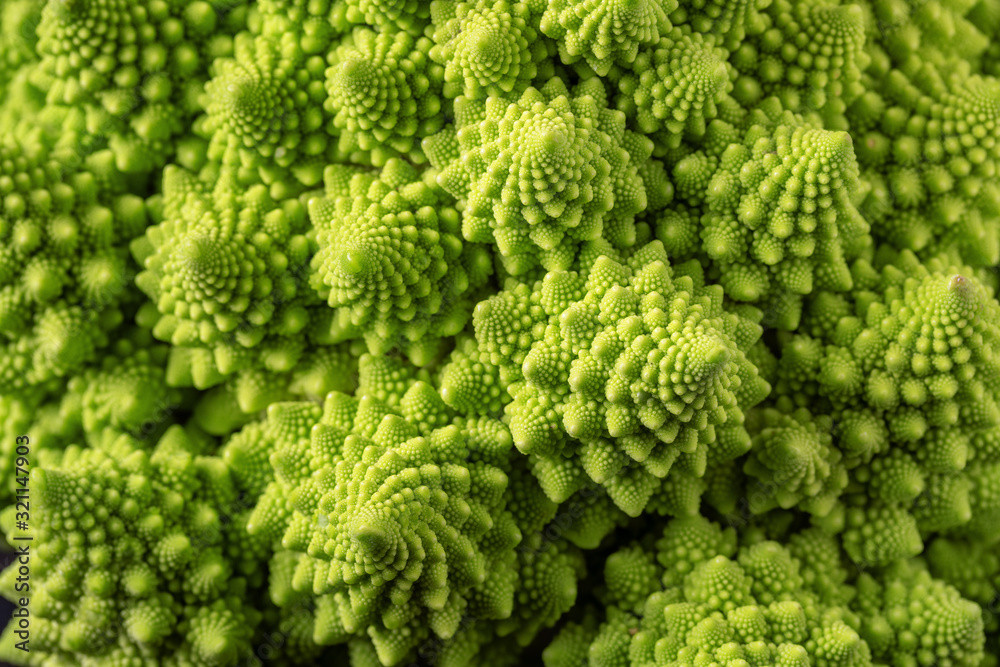 Source: Stock Adobe
Source: Stock Adobe
#4. Carnivorous Pitcher Plant
The carnivorous pitcher plant, scientifically known as Nepenthes, is a remarkable and intriguing botanical marvel that captures the attention of plant enthusiasts and scientists alike. This extraordinary plant is native to tropical regions, particularly Southeast Asia and Madagascar, where it thrives in nutrient-poor environments.
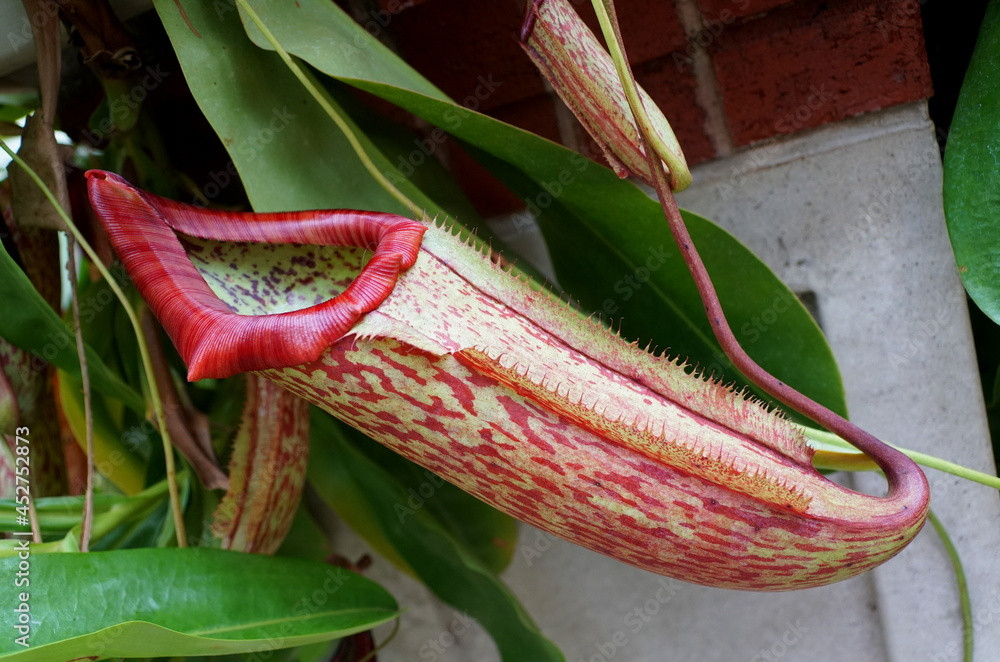 Source: Stock Adobe
Source: Stock Adobe
What sets the carnivorous pitcher plant apart is its unique adaptation to acquire nutrients by trapping and digesting insects. Its leaves are modified into pitcher-shaped structures that contain a combination of enticing nectar, slippery surfaces, and downward-pointing hairs. These features lure unsuspecting insects into the pitchers, where they become trapped and subsequently digested by specialized enzymes.
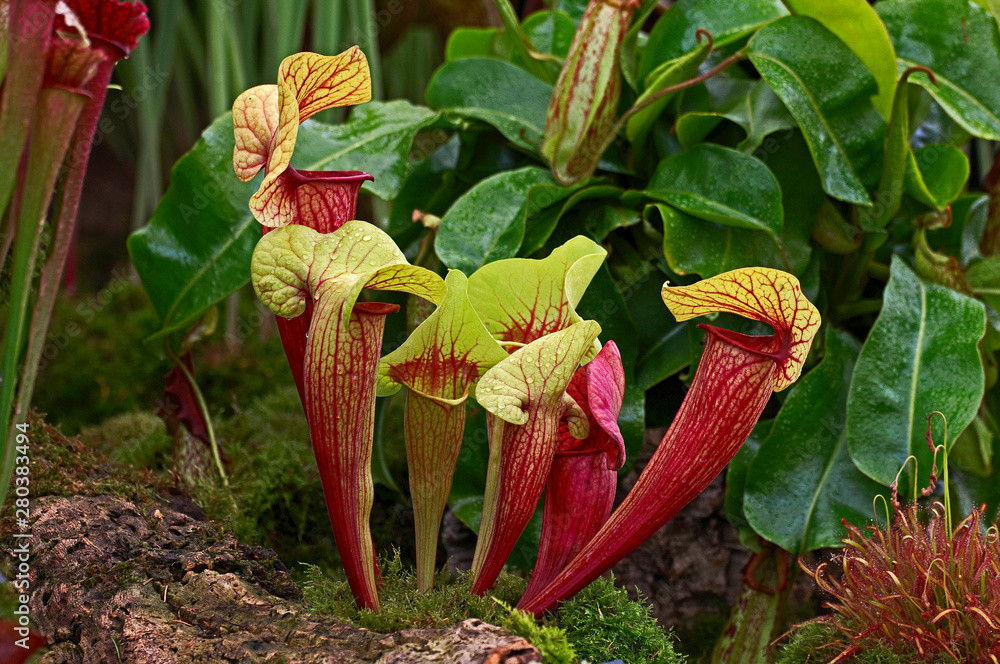 Source: Stock Adobe
Source: Stock Adobe
The pitcher plant’s incredible mechanism of capturing prey has evolved as a survival strategy to compensate for the nutrient-deficient soils in its habitat. By consuming insects, it gains access to vital nutrients such as nitrogen and phosphorus, which are scarce in its environment.
#5. Dry Lotus Pods
Dry lotus pods are unique botanical structures that emerge from the Nelumbo nucifera, commonly known as the lotus plant. Lotuses are aquatic plants with large, vibrant flowers and distinctive circular leaves that float on the water’s surface. As the lotus flowers bloom and eventually fade, they give way to the formation of intriguing dry lotus pods.
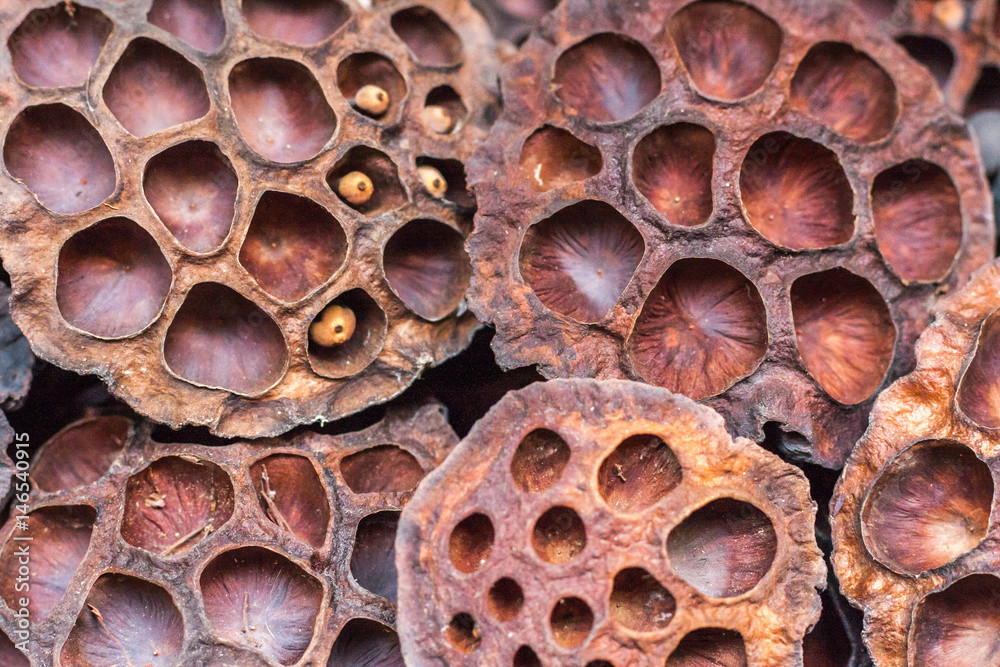 Source: Stock Adobe
Source: Stock Adobe
Dry lotus pods are the fruiting bodies of the lotus plant and serve as containers for the plant’s seeds. They possess a visually striking appearance, often characterized by a cluster of round or oval-shaped cavities arranged in a geometric pattern. These cavities are the chambers where the seeds are housed. The pods can range in color from green to brown, with their surface often displaying a fascinating texture.
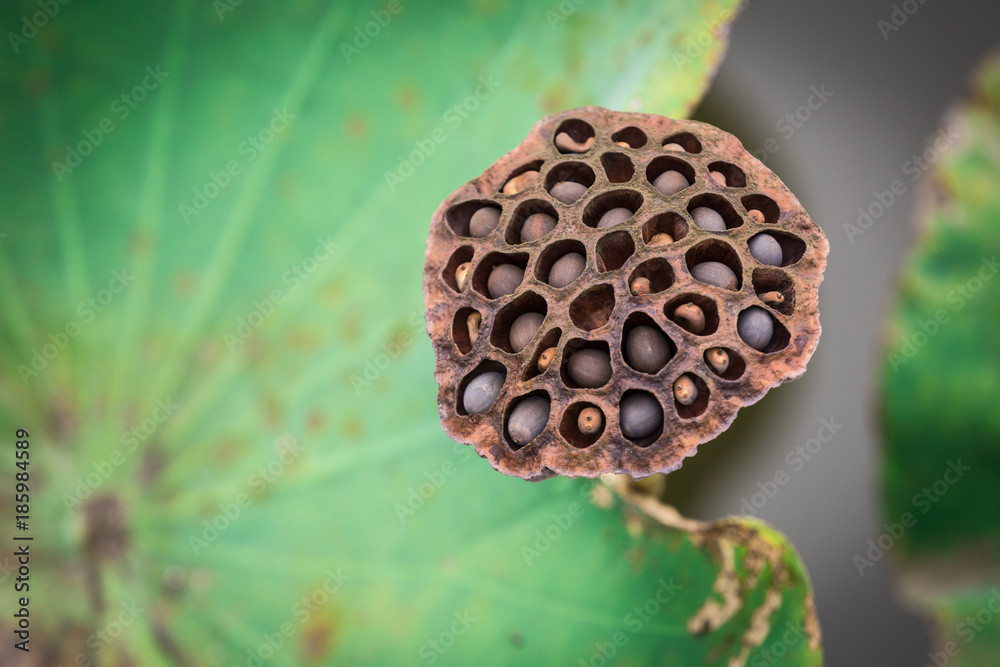 Source: Stock Adobe
Source: Stock Adobe
The unique aesthetic qualities of dry lotus pods have made them popular in various decorative applications. They are frequently utilized in floral arrangements, crafts, and home décor due to their intriguing shape, texture, and natural charm. Additionally, dry lotus pods have symbolic significance in many cultures, representing fertility, purity, and spiritual awakening.
